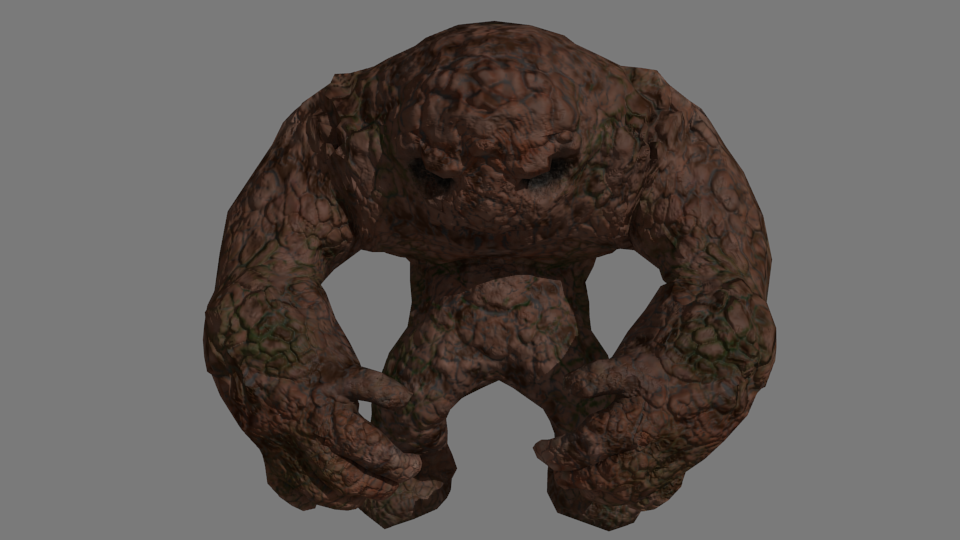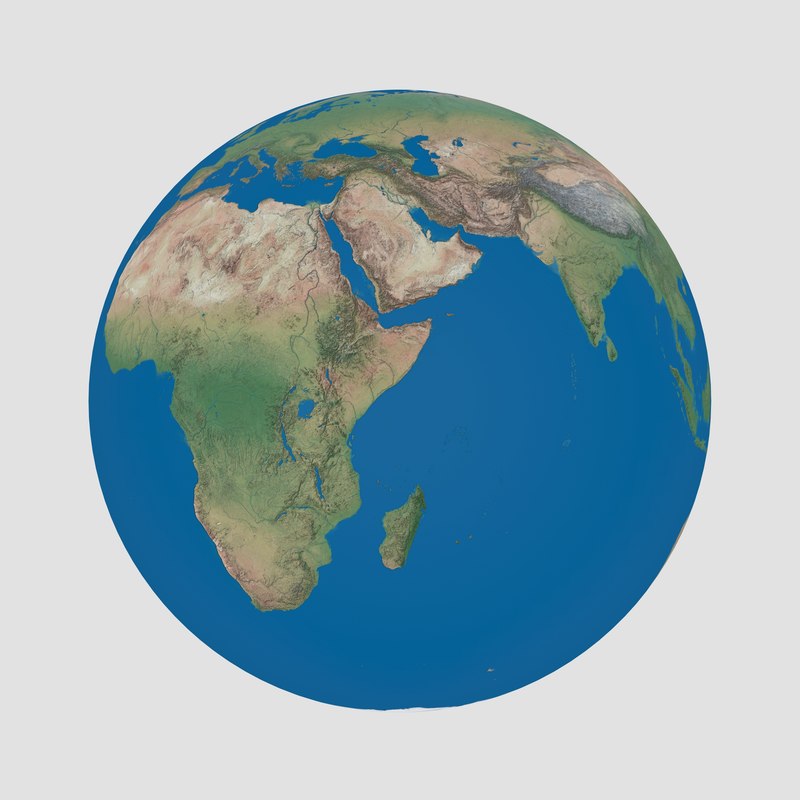
The Moon's apparent size is nearly the same as that of the Sun, allowing it to cover the Sun almost completely during a total solar eclipse.īoth the Moon's prominence in Earth's sky and its regular cycle of phases have provided cultural references and influences for human societies throughout history. However, due to its large angular diameter, the full moon is the brightest celestial object in the night sky. The lunar surface is fairly non-reflective, with the reflectance of lunar soil being comparable to that of asphalt.

Most of the large impact basins and mare surfaces were in place by the end of the Imbrian period, some three billion years ago. The near side of the Moon is marked by dark volcanic maria ("seas"), which fill the spaces between bright ancient crustal highlands and prominent impact craters.

It then receded to a wider orbit because of tidal interaction with the Earth. The most widely accepted origin explanation posits that the Moon formed 4.51 billion years ago, not long after Earth, out of the debris from a giant impact between the planet and a hypothesized Mars-sized body called Theia. However, 59% of the total lunar surface can be seen from Earth through cyclical shifts in perspective known as libration. The Moon is tidally locked to Earth, which means that the length of a full rotation of the Moon on its own axis causes its same side ( the near side) to always face Earth, and the somewhat longer lunar day is the same as the synodic period. During each synodic period of 29.5 days, the amount of visible surface illuminated by the Sun varies from none up to 100%, resulting in lunar phases that form the basis for the months of a lunar calendar. The Moon's orbit around Earth has a sidereal period of 27.3 days. Its gravitational influence is the main driver of Earth's tides and very slowly lengthens Earth's day. The Moon orbits Earth at an average distance of 384,400 km (238,900 mi), or about 30 times Earth's diameter. Its surface gravity is about one-sixth of Earth's at 0.1654 g, with Jupiter's moon Io being the only satellite in the Solar System known to have a higher surface gravity and density. It lacks any significant atmosphere, hydrosphere, or magnetic field. The Moon is a planetary-mass object with a differentiated rocky body, making it a satellite planet under the geophysical definitions of the term and larger than all known dwarf planets of the Solar System.


It is the fifth largest satellite in the Solar System and the largest and most massive relative to its parent planet, with a diameter about one-quarter that of Earth (comparable to the width of Australia). The Moon is Earth's only natural satellite.


 0 kommentar(er)
0 kommentar(er)
